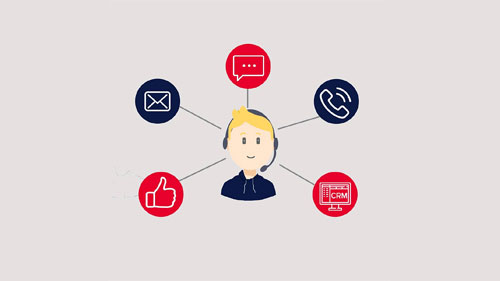 If there is one thing you can’t anticipate in this life, it is a natural disaster. You’ll often find hurricanes and earthquakes striking without warning, leading to colossal damages to property and infrastructure. If unprepared, even the smallest level hurricane can end up tearing down your business, bringing your operations to a complete standstill.
If there is one thing you can’t anticipate in this life, it is a natural disaster. You’ll often find hurricanes and earthquakes striking without warning, leading to colossal damages to property and infrastructure. If unprepared, even the smallest level hurricane can end up tearing down your business, bringing your operations to a complete standstill.
So, what is the solution, you ask?
Short answer – a solid hurricane recovery plan. A comprehensive plan will address the impacts of the event before it occurs and set up counter actions in place. In turn, you get to prevent data loss, and most importantly, ensure your business’s continuity even after the hurricane damages your data centers and work environment.
Let’s go over a few protocols you can enact to give your business a fighting chance after the disaster.
Analyze Your Business For Critical Functions!
The first phase to formulating an all-around plan is to identify the core functions of your organization. Spot the risks surrounding them and strategize on how you can back them up.
Of course, during an emergency, it will be near impossible to salvage everything. Therefore, start by considering any vital or time-sensitive processes, separating the vital from the non-vital process. Usually, these would be specific to your business, but in general, critical processes include:
- Internal channels for communication
- Transactional systems
- Supply chain system
- Security systems
To optimize the results, only include the most fundamental processes in your plan.
Prepare A Recovery Solution
Now that you know which processes to focus on, you can build some contingencies surrounding them. Since most modern processes rely on tech and data resources, the ideal place to start would be setting up data recovery solutions. You can break this down into 4 major steps:
- Run an audit on your IT equipment and data management systems
- Pinpoint the most critical data
- Create a data backup protocol, preferably one that is geographically remote like cloud-based backup services.
- Finally, test the backups in place and ensure that they run efficiently and fulfill all the recovery objectives.
Other than the tech-related processes, check on other high-risk yet valuable assets of your business and then review the insurance policies surrounding them. Run assessments on the coverage, its limits as well as deductibles.
If the insurance policy does not cover flood damages (which it often doesn’t), your best solution is to mitigate the damages as much as possible. You can do this by securing them with waterproofing infrastructure or raising them to elevated locations to prevent water damage.
Assets also consist of important records that are needed for your business to function. Therefore, back up any insurance documents, tax returns, legal contracts, accounting statements, or anything else that cannot be easily duplicated.
Implementation
Implementation basically entails how you will respond to the crisis itself as it strikes. For this, you must set up a crisis management team comprising key individuals capable of activating the plan. The crisis management team should be able to act fast and quickly and settle panic among employees, which might cause even more damage.
Part of their responsibilities will include setting up procedures around how to respond to warnings about the event and emergency responders in case the hurricane strikes. The team will also be in charge of putting the data backup plans in motion and designating safe areas within the facility that impact won’t be felt.
Re-entry After The Storm!
After the hurricane comes to pass and search and rescue operations are cleared. Your first move should be to quickly assess the physical damages that have occurred and the severity of damage to your business.
Check for any dangerous structural damages, like on power lines or gas leaks, and then prepare insurance claims surrounding the affected assets. If necessary, you can create an alternative business operations site or secure communication lines so your employees can begin working from home.
If the building and operations infrastructure is left intact and still runs smoothly, you can conduct cleanup and slowly facilitate employees’ access to the affected areas.
Takeaway
A hurricane doesn’t have to mean the end of your well-built business. With a little bit of foresight and strategic planning, you can reduce a wide range of risks that may affect your business operations and save yourself from doom. As we’ve seen, there’s no telling when Mother Nature will decide to strike. The best thing you can do is start now.




